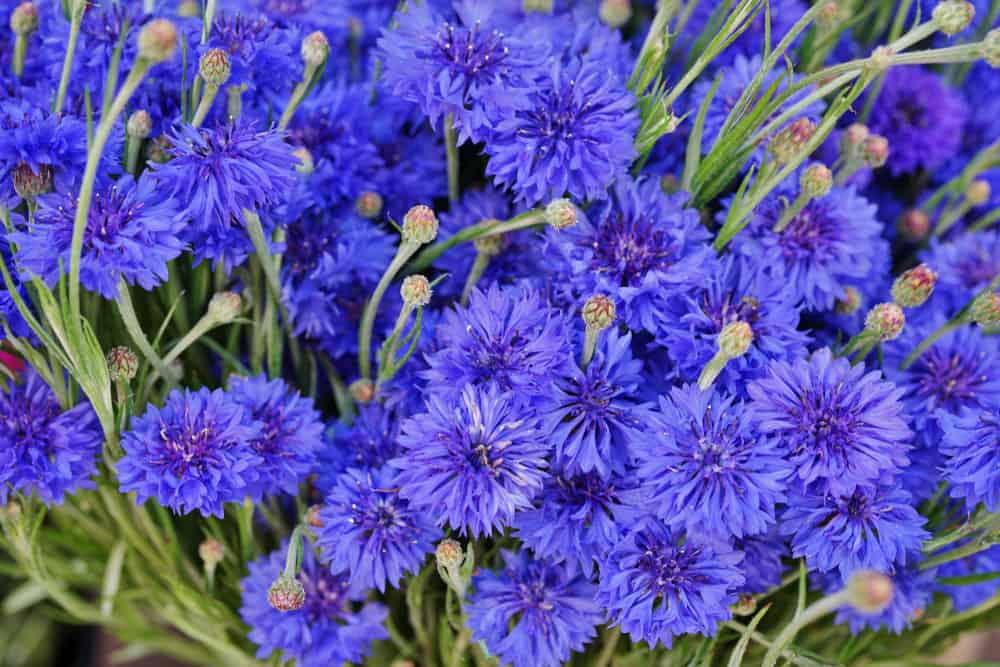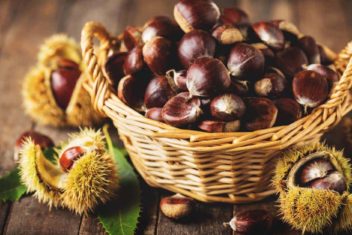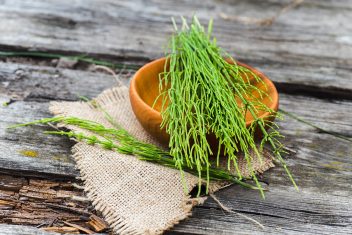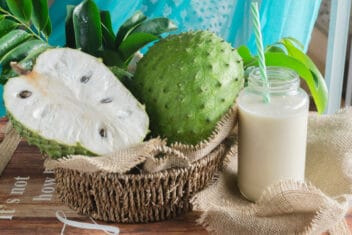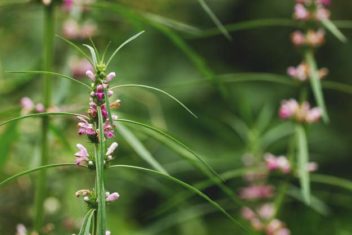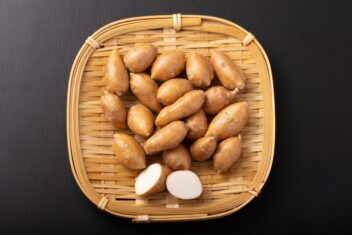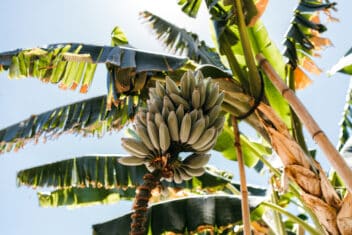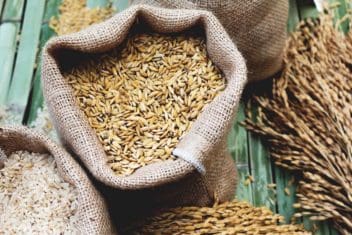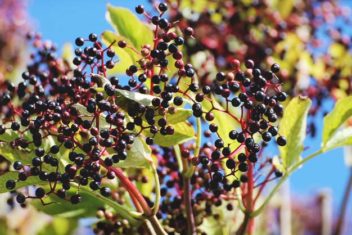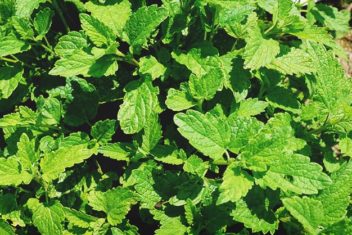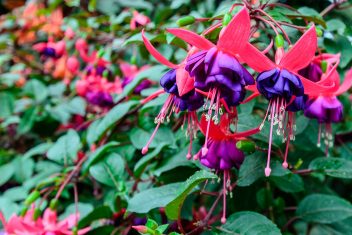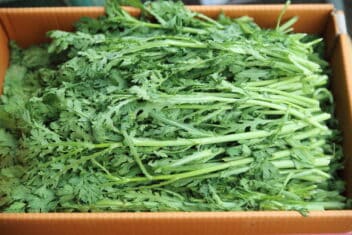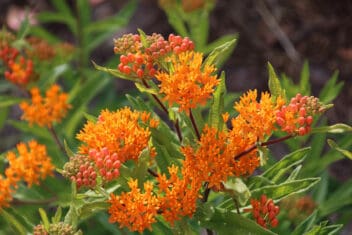Bachelor’s buttons used to be ubiquitous. They filled roadside fields and popped up between rows of corn. They intermingled with bright red poppies and sweet, white yarrow in country bouquets everywhere to form a pretty picture of wholesome, rural Americana.
But herbicides and the slow death of small, family farming have weeded out these once-common little flowers. Bachelor’s buttons (also known as cornflowers) aren’t often seen springing up along roadsides or in between rows of wheat and corn anymore.
Fortunately, old-fashioned flower lovers are again planting them in their cozy, cottage gardens. Growing bachelor’s buttons brings back a bit of that old, country charm.
A Bit About Growing Bachelor’s Buttons

Bachelor’s buttons (Centaurea cyanus) is a freely reseeding annual. But bachelor’s buttons reseed so well that they seem more like perennials rather than annuals.
These flowers are native to Europe but have naturalized into the American landscape.
In Europe, growing bachelor’s buttons was a symbol of hope and resilience. They’re often used as remembrance flowers to commemorate victories, battles, and veterans.
Bachelor’s buttons are part of the Asteraceae family, which also includes daisies, marigolds, and chrysanthemums.
Cornflowers are typically a beautiful, bright blue color. But seed companies have developed red and white varieties as well. These small flowers grow on tall, gray-green stems. The stems themselves can reach up to three feet in height.
They’re hardy in USDA Growing Zones 2-11 – pretty much all over the United States.
Because they’re so easy to grow, and they spread so rapidly, bachelor’s buttons are considered an invasive species in some areas. Cornflowers are prohibited in North Carolina and classified as invasive (grow with caution) in Tennessee, Georgia, and Maryland.
Choosing Cultivars
Recently, seed companies have been developing a variety of cornflower cultivars. Some are red, others white, and still others are purply pink.
Most of them are traditional blue. Remember that cross-pollination usually reverts the plants to the original strain when you plant bachelor’s buttons.
If you’re planting different cultivars near each other, know that all bachelor’s buttons will cross-pollinate, and their sizes and colors may become unpredictable after the first year.
These plants easily attract pollinators, so try planting different cultivars in clumps at opposite ends of the garden.
Blue Boy
One of the most popular cultivars for growing bachelor’s buttons, ‘Blue Boy’ is the epitome of bachelor’s buttons. It’s a tall flower – topping out at about 36 inches – with bright blue flowers measuring over an inch across.
‘Blue Boy’ will fill your garden with cornflowers that look perfectly nostalgic. Grab a pack of seeds at Amazon.
Dwarf Blue
‘Blue Boy’s’ little brother ‘Dwarf Blue’ tops out at only about 20 inches tall, but the flowers are almost as big as ‘Blue Boy’s.’ Mingling the two varieties creates a lovely depth to any field of cornflowers, with tall and short plants bursting into bloom at various levels.
Red Boy
Similar to ‘Blue Boy,’ ‘Red Boy’ is tall and graceful but with a bright, pinkish red flower on top instead of blue. ‘Red Boys’ shouldn’t be planted too close to other cultivars, or they’ll cross-pollinate and lose their color.
You can purchase a pack of seeds at Amazon.
The Bride
This pretty, pure white fluffy flower is a stunner. It bursts into bloom and stands out against bright colors and green, green grass. Plant ‘The Bride’ near colorful roses or dark peonies for a bright, contrasting effect.
Planting Bachelor’s Buttons
When planting cornflowers in the spring or fall, start by working the soil. Add some compost and till the soil to a depth of about 6-10 inches. Sow your seeds about a quarter inch deep in the soil and cover them. Bachelor’s buttons need darkness to germinate.
Sow the seeds about 3-5 inches apart for healthy spacing. Any closer, and you may have to thin your seedlings or risk having a few plants choked out.
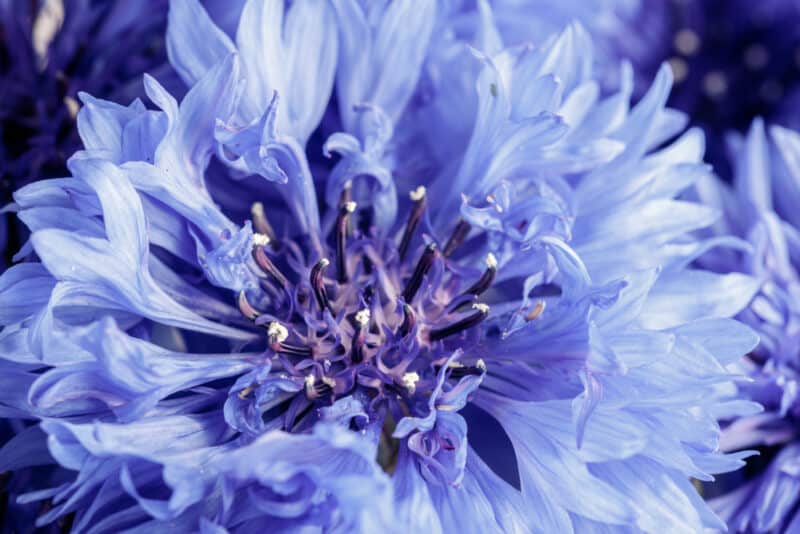
Some people prefer growing bachelor’s buttons by scattering the seeds over a wide expanse of field and raking soil over them. This is an effective method too. It may result in a slightly lower germination rate, but the flowers will look more natural, like wildflowers that have popped up instead of cultivated flowers.
After seeding, gently water the area. You want the soil to be moist but not saturated throughout germination. Once the seedlings have established themselves, stop watering.
Unless it is a dry season, your bachelor’s buttons won’t need any watering after they’ve sprouted and put forth two true leaves.
Bachelor’s buttons are drought tolerant, but remember, they’re not as adaptable to wetness. Avoid over-saturating the soil even during germination.
Low Maintenance Flowers
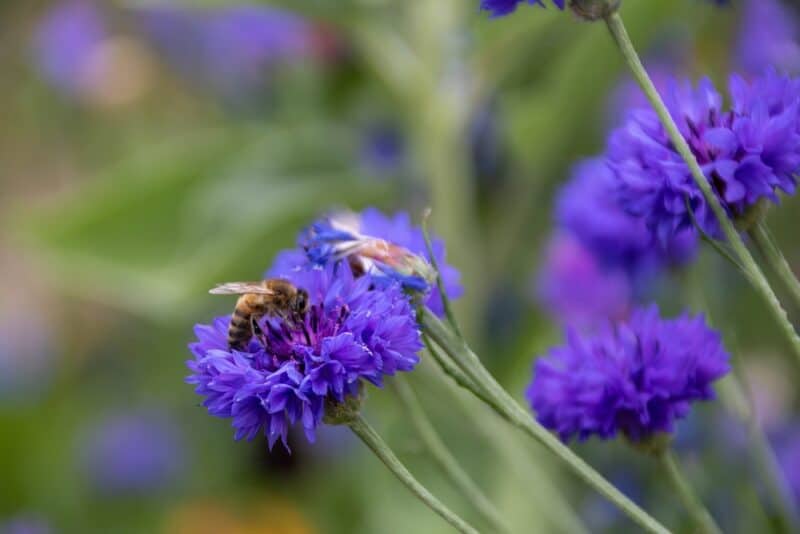
Growing bachelor’s buttons is an incredibly low-maintenance job. Once they’re germinated, there’s really nothing left for you to do but enjoy your pretty flowers. Bachelor’s buttons don’t want you to tend them. They thrive on sunshine and neglect.
If you’re concerned that your cornflowers will become invasive and take over your garden, you’ll want to deadhead all your flowers before they set seed. This can be a big job if you’ve planted a lot of cornflowers.
Some people chose to just mow down their cornflowers before they dry out. If you do that, remember to rake away the flower heads. Otherwise, the mowed flowers will still be able to dry out and reseed themselves.
If you have grazing animals, try turning them out into the bachelor’s button garden to do your deadheading for you!
Growing Cornflowers

These bright blue (or occasionally white or red) flowers grow happily in full sun locations. They don’t do well in shady or partially shady locations. Think of growing bachelor’s buttons in sunny cornfields and find a similar location in your garden.
Bachelor’s buttons are hardy in cool weather, so you don’t need to start the seeds indoors. Bachelor’s buttons don’t take well to transplanting anyway, so just seed directly into the ground when you plant.
If you live in one of the warmer zones, where the ground doesn’t freeze, you can sow cornflowers in the fall for spring flowering. In colder climates, sow bachelor’s buttons as soon as the ground can be worked in the spring.
These flowers prefer a neutral soil – between 6.5 and 7.5 pH. The soil should, ideally, be well-tilled, loamy soil with good drainage. Cornflowers can handle sandy or clay-like soil as well, as long as there’s good drainage.
Heavy, wet soil that doesn’t drain well will lead to stunted plants and make them prone to fungal infections.
Bachelor’s buttons grow well in rocky soil, so long as their roots have room to grow and the soil is well drained.
Common Pests and Diseases
Bachelor’s buttons are notoriously free from most common pests and diseases. They’re still essentially wildflowers, so they don’t have a lot of the problems that beset highly cultivated garden flowers. They have few pests, and even deer tend to avoid them.
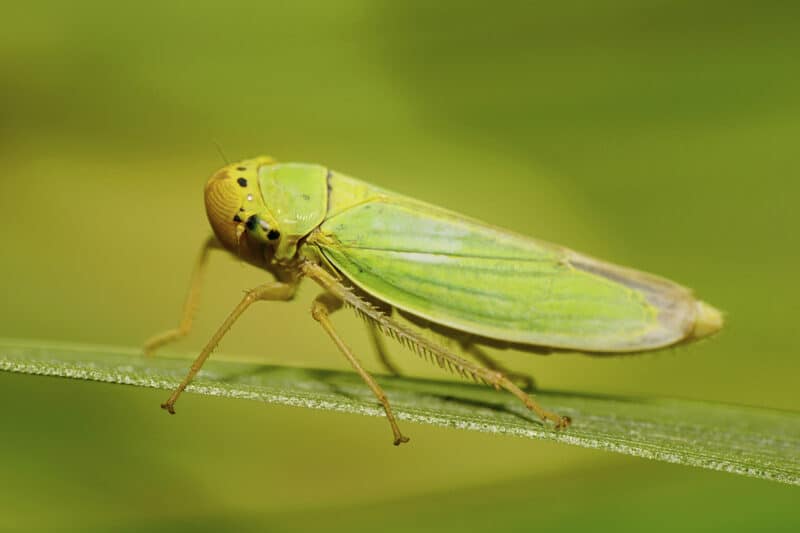
Occasionally aphids, leafhoppers, and other sap-sucking pests will settle on bachelor’s buttons, but they rarely do enough damage to even be noticed. If you see noticeable damage from these pests, a quick insecticidal soap treatment will nip it in the bud.
As for diseases, cornflowers growing in well-draining soil will rarely experience any. But, if you overwater your cornflowers, or if the season is especially wet, fungal diseases can set in.
Rust, powdery mildew, and root rot are the most common fungal diseases in over-watered bachelor’s buttons. Of course, an organic fungicide will successfully treat these diseases.
Remember, the best offense is a good defense. Keep your plants safe by planting them in well-draining soil and resisting the urge to over-water. Unless you’re in a drought, it is unlikely your bachelor’s buttons need to be watered at all.
Using Bachelor’s Buttons
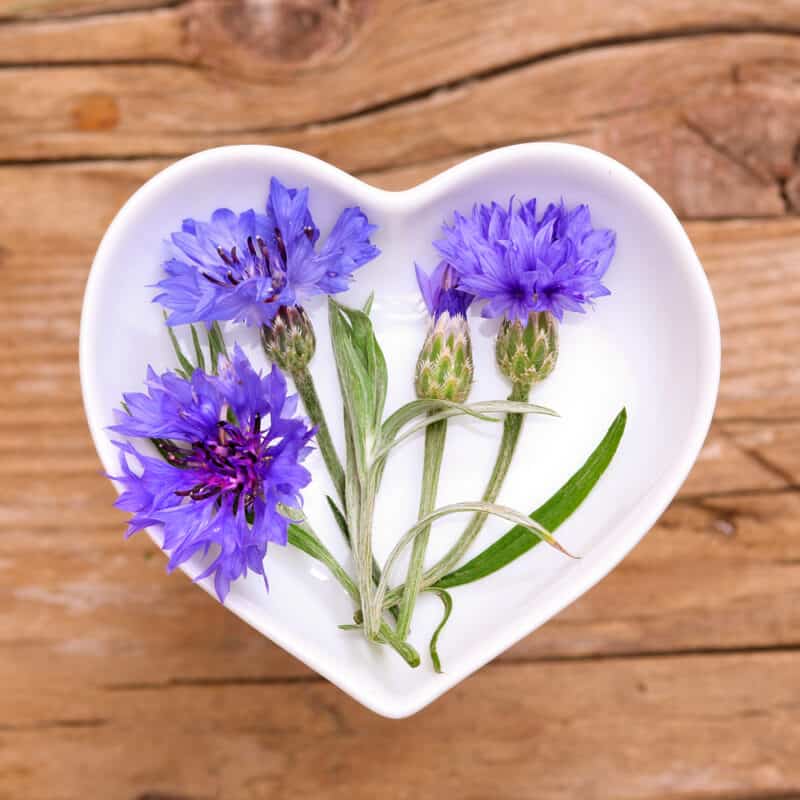
These pretty, blue flowers aren’t just visually appealing either. They’re edible. Bachelor’s buttons have a light, peppery flavor with floral undertones.
You can dry the flowers to add to teas (try pairing them with roses, linden flowers, and chamomile). Or you can mix them fresh into a gin-based garden cocktail with rosemary and lavender.
Medicinally, bachelor’s buttons are thought to nourish the blood and reduce inflammation. They’re often used alongside chamomile, ginger, or green tea to gently lower inflammation levels in the body.
Culinary uses include salads, cakes, cookies, and meats. Mix cornflowers with nasturtiums in spicy, arugula-based salads. Use them to top a pretty, summery cake with champagne buttercream. Scatter them across a charcuterie board or toss them fresh on top of mango and lime-grilled salmon.
